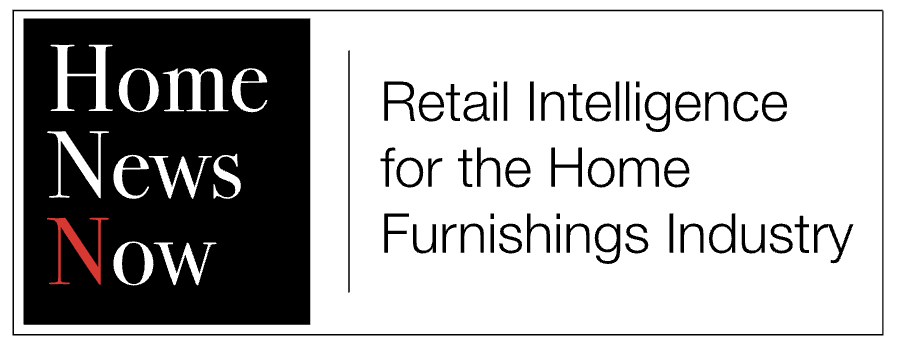Data shows average loan size for new homes also rose to $379,209 in May from $376,992 in April
WASHINGTON — Mortgage applications for new home purchases fell 4.5% in May from May 2024, according to the latest Mortgage Bankers Association Builder Application Survey.
They also declined by 9% from April 2025, the MBA said.
By product type, conventional loans made up 47.3% of loan applications, while FHA loans designed to help buyers with lower credit scores totaled 37.8%. RHS (Rural Housing Service)/USDA loans made up 1% and VA loans totaled 13.8%.
The average loan size for new homes also rose from $376,992 in April to $379,209 in May.
MBA estimates new single-family home sales were at a seasonally adjusted annual rate of 631,000 units in May 2025, down 12.1% from 718,000 units in April. On an unadjusted basis, MBA estimates that there were 58,000 new home sales in May 2025, down 10.8% from 65,000 new home sales in April.
“Economic uncertainty, rising mortgage rates and increasing competition from growing existing-home sales inventory likely dampened overall demand for new home purchases in May,” said Joel Kan, MBA’s vice president and deputy chief economist, adding that applications to purchase newly built homes fell to their slowest pace in three months “as buyers held off on their purchase decisions. Estimated new home sales posted a 12% drop, reversing April’s large gain and closer to levels seen earlier in the year.”
The MBA primarily derives its new home sales estimate using mortgage application information from the Builder Application Survey, along with other economic factors.
MBA’s Builder Application Survey tracks application volume from mortgage subsidiaries of home builders across the country. With this and data from other sources, MBA is able to provide an early estimate of new home sales volumes at the national, state and metro level.
The MBA said this data also provides information regarding the types of loans used by new home buyers. Official new home sales estimates are conducted by the Census Bureau on a monthly basis.
In a related study, the MBA found homebuyer affordability declined further in May, with the national median payment applied for by purchase applicants rising to $2,211 from $2,186 in April. For borrowers applying for lower-payment mortgages (the 25th percentile), the national mortgage payment increased to $1,512 in May from $1,497 in April.
This is based on the MBA’s Purchase Applications Payment (PAP) Index that measures how new monthly mortgage payments vary across time — relative to income — using data from MBA’s Weekly Applications Survey.
The national PAP Index increased 1% to 164.9 in May from 163 in April. Median earnings were up 5.8% compared to one year ago, and while payments decreased 0.4%, researchers said that significant earnings growth means that the PAP Index is down (where affordability is higher) 5.8% on an annual basis.
An increase in that national PAP Index, which the MBA said indicates declining borrower affordability conditions, means that the mortgage payment to income ratio is higher because of increasing application loan amounts, rising mortgage rates or a decrease in earnings. A decrease in the PAP Index — which indicates improving borrower affordability conditions — occurs when loan application amounts decrease, mortgage rates decrease or earnings increase.
“Homebuyer affordability declined in May as mortgage rates near 7% continued to put upward pressure on prospective homebuyers’ budgets,” said Edward Seiler, MBA’s associate vice president, Housing Economics, and executive director, Research Institute for Housing America. “Despite current affordability constraints, many homebuyers are still eager to enter the housing market. Rising inventory levels and moderating home-price growth have both been bright spots during this year’s spring homebuying season.”




